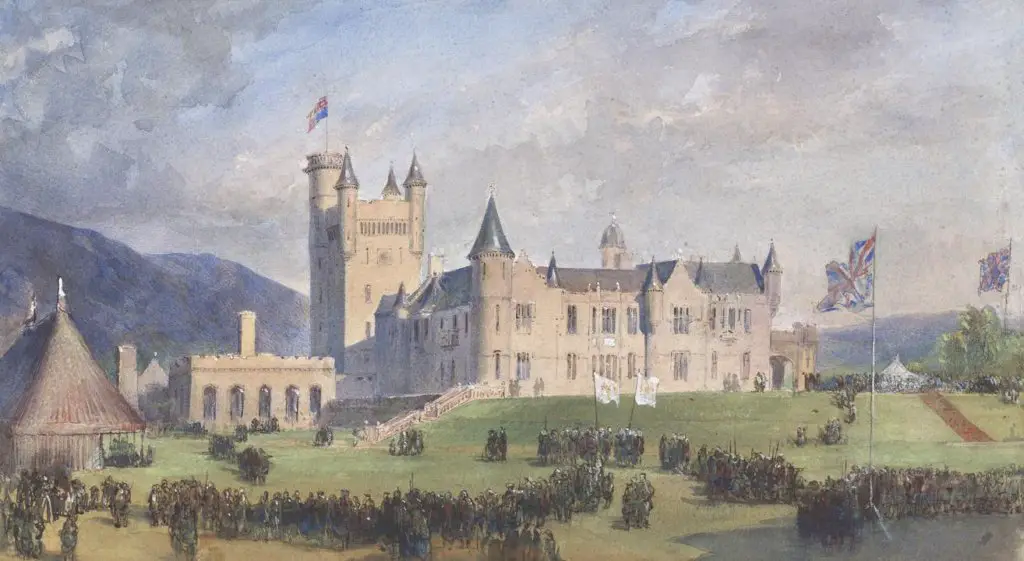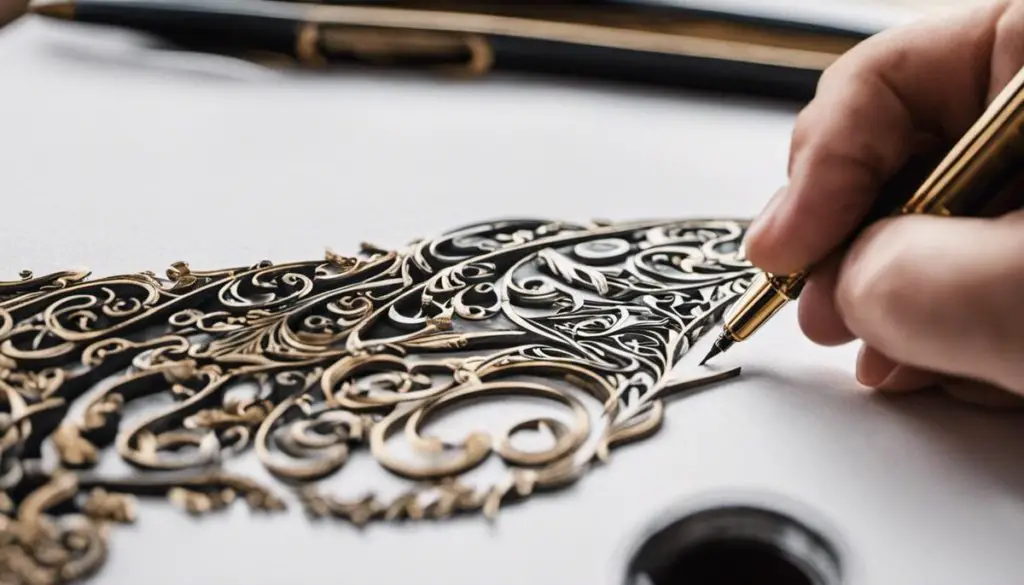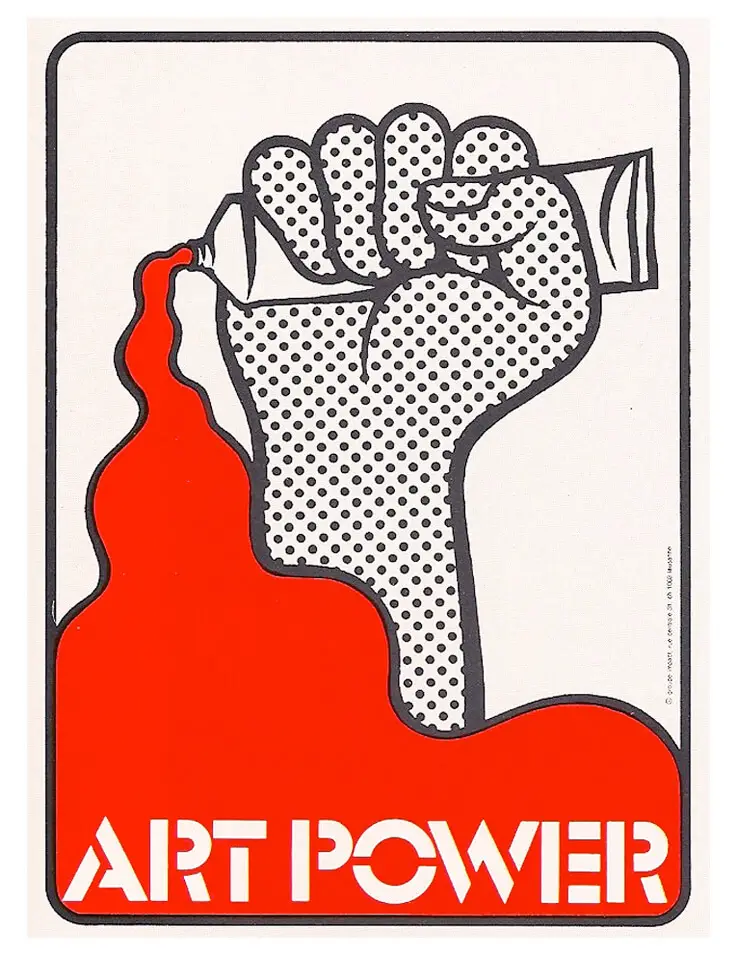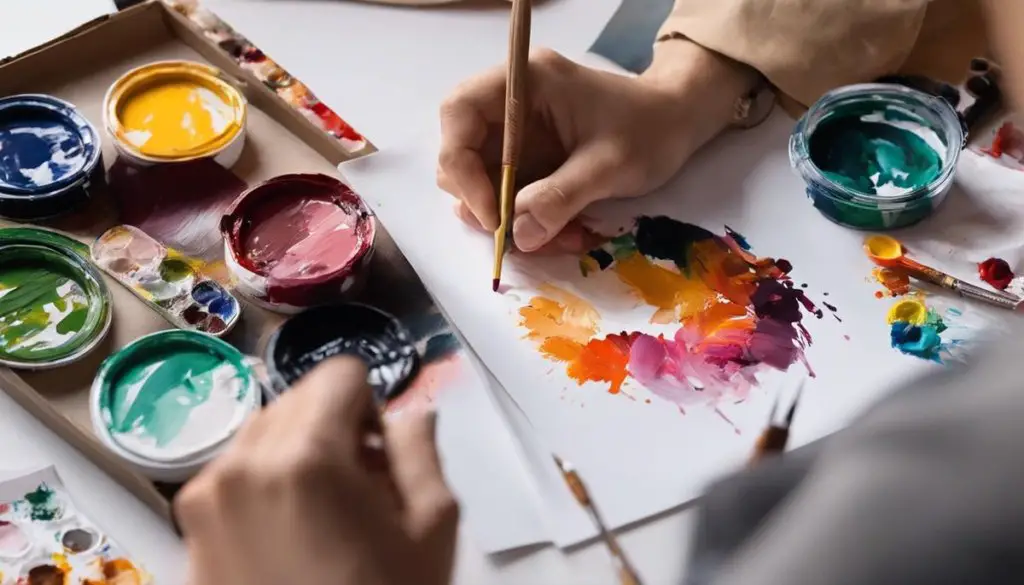The History and Evolution of Watercolour Painting

Watercolour painting is one of the oldest and most versatile forms of art, dating back to prehistoric times. It has been used by artists from different cultures and periods to create stunning works of beauty, expression, and imagination. In this post, we will explore the history and evolution of watercolour painting, from its origins in ancient civilizations to its modern developments and innovations.
What is Watercolour Painting?
Watercolour painting is a technique that uses pigments mixed with water to create transparent or translucent effects on a painting surface, usually paper. The pigments are usually bound with a substance called gum arabic, which helps them adhere to the paper and prevents them from bleeding or fading. Watercolour painting can be done with brushes, pens, or other tools and can be combined with other media such as ink, pastel, or gouache.
The Origins of Watercolour Painting
The earliest forms of watercolour painting can be traced back to ancient times, when people used natural pigments such as ochre, charcoal, and plant extracts to paint on cave walls, rocks, or animal skins. Some of the oldest examples of watercolour painting are found in Egypt, where artists used water-based paints to decorate papyrus scrolls, tomb walls, and mummy portraits. The ancient Chinese also developed watercolour painting around 4000 BC, using ink and brushes to create delicate landscapes and calligraphy.
The Development of Watercolour Painting in Europe
Watercolor painting was introduced to Europe by the Arabs, who brought paper and pigments from Asia. During the Middle Ages, watercolour was mainly used for illuminating manuscripts and maps or for tinting drawings made with pen or pencil. It was not until the Renaissance that watercolour painting became a more independent and respected art form, thanks to artists such as Albrecht Dürer, Leonardo da Vinci, and Michelangelo, who experimented with watercolour techniques and effects. In the 16th and 17th centuries, watercolor painting was further developed by artists such as Hans Holbein, Anthony van Dyck, and Rembrandt, who used it for portraits, sketches, and studies.
The Golden Age of Watercolour Painting in Britain
The 18th and 19th centuries saw the rise of watercolour painting in Britain, where it became a popular medium for landscape and marine painting. Artists such as Paul Sandby, Thomas Gainsborough, John Robert Cozens, and Alexander Cozens established the British school of watercolour painting, which was characterised by its naturalistic style and atmospheric effects. The most influential figure of this period was J.M.W. Turner, who pushed the boundaries of watercolour painting with his dramatic use of light, colour, and composition. Turner’s works inspired many other artists, such as John Constable, William Blake, Samuel Palmer, and John Ruskin.
The Expansion of Watercolour Painting in America
Watercolour painting also flourished in America during the 18th and 19th centuries, where it was used for documenting historical events, scientific discoveries, and cultural diversity. Artists such as John James Audubon, John Singleton Copley, Charles Willson Peale, and Gilbert Stuart used watercolour for realistic portraits, wildlife illustrations, and botanical studies. In the 19th century, watercolour painting became more expressive and experimental with artists such as Winslow Homer, Thomas Eakins, John Singer Sargent, and Georgia O’Keeffe, who used it to depict various aspects of American life and culture.
The Modernization of Watercolour Painting in the 20th Century
In the 20th century, watercolor painting was influenced by the movements and innovations of modern art, such as impressionism, expressionism, abstraction, and surrealism. Artists such as Wassily Kandinsky, Emil Nolde, Paul Klee, Egon Schiele, and Raoul Dufy used watercolour to create vibrant, dynamic, and original works that challenged the traditional boundaries of the medium. In America, watercolour painting continued to evolve with artists such as Charles Burchfield, Edward Hopper, Charles Demuth, and John Marin, who explored the themes of nature, urban life, industrialization, and social issues. Watercolour painting also became more accessible and popular with the development of new materials and techniques, such as synthetic pigments, tubes, brushes, papers, and masking fluids.
The Current State and Future of Watercolour Painting
Today, watercolour painting is a diverse and thriving art form that attracts artists and enthusiasts from all over the world. Watercolour painting can be found in various genres and styles, such as realism, fantasy, illustration, manga, comics, animation, and digital art. Watercolour painting can also be combined with other media and technologies, such as collage, mixed media, printmaking, photography, and computer software. Some of the contemporary watercolour artists who are pushing the limits of the medium are Joseph Zbukvic, Alvaro Castagnet, Jean Haines, Thomas Schaller, James Gurney, Agnes Cecile, Steve Hanks, and many more.
Watercolour painting is a rich and fascinating art form that has a long and colourful history. It has been used by artists from different times and places to express their visions, emotions, and ideas.
It has also been a medium of innovation, experimentation, and creativity. Watercolour painting is not only a beautiful and enjoyable art form but also a way of seeing and understanding the world.
Recommend0 recommendationsPublished in Art History, Blogs







